Video games have come a long way since their inception, evolving from simple pixelated graphics to incredibly detailed and immersive experiences. And each major leap in technology and innovation marks the beginning of what had been come to known as game generations.
Understanding these game generations not only highlights the technological advancements of each era but also reflects the cultural shifts and the ever-changing tastes of players worldwide.
This article explores the history, evolution, and defining features of each game generation, illustrating how video games have become a cornerstone of modern entertainment.
The first generation (1972-1980): the birth of video game generations
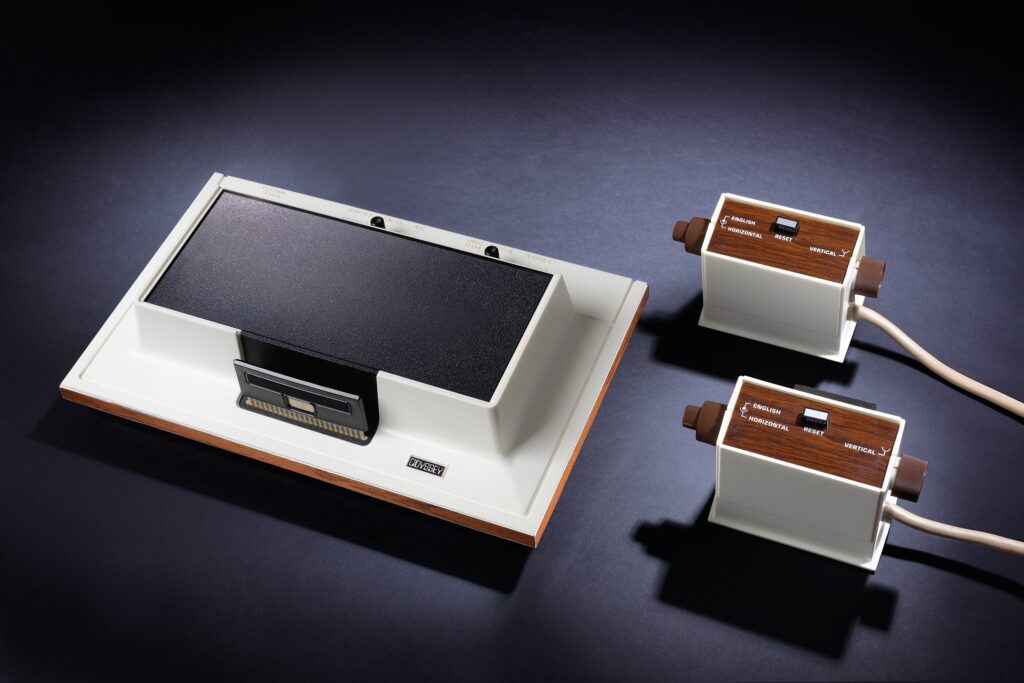
The first generation of video games began in the early 1970s with the release of the Magnavox Odyssey in 1972, widely regarded as the first home video game console.
This era was characterized by simple, monochromatic graphics and basic sound effects, with gameplay largely limited to rudimentary forms of Pong-like games, tic-tac-toe, and other simple concepts.
Games were often built into the console itself, meaning there was no interchangeable media like cartridges or discs.
These early consoles were groundbreaking for their time, despite their limitations. They paved the way for future innovations and laid the foundation for the home video game industry.
By the late 1970s, the first generation began to fade as technological advancements set the stage for more sophisticated systems.
The second generation (1976-1992): golden age of arcade games
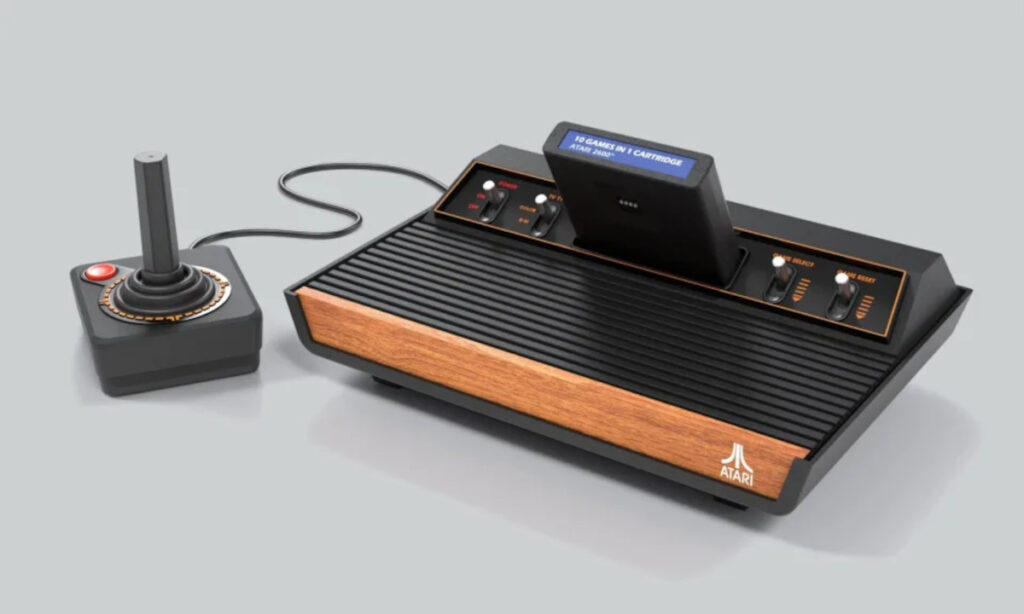
The second generation of video games saw the emergence of more advanced consoles and the rise of arcade gaming. Systems like the Atari 2600, released in 1977, and the Intellivision and ColecoVision followed.
These consoles introduced interchangeable cartridges, allowing players to expand their game libraries and encouraging a more diverse gaming experience.
The games of this era were still relatively simple but featured improved graphics and sound. Classic titles like Space Invaders, Pac-Man, and Donkey Kong dominated arcades and became cultural icons.
This generation also marked the beginning of video gaming as a mainstream form of entertainment, with arcades becoming popular social venues for young people.
The third generation (1983-1990): the 8-bit revolution
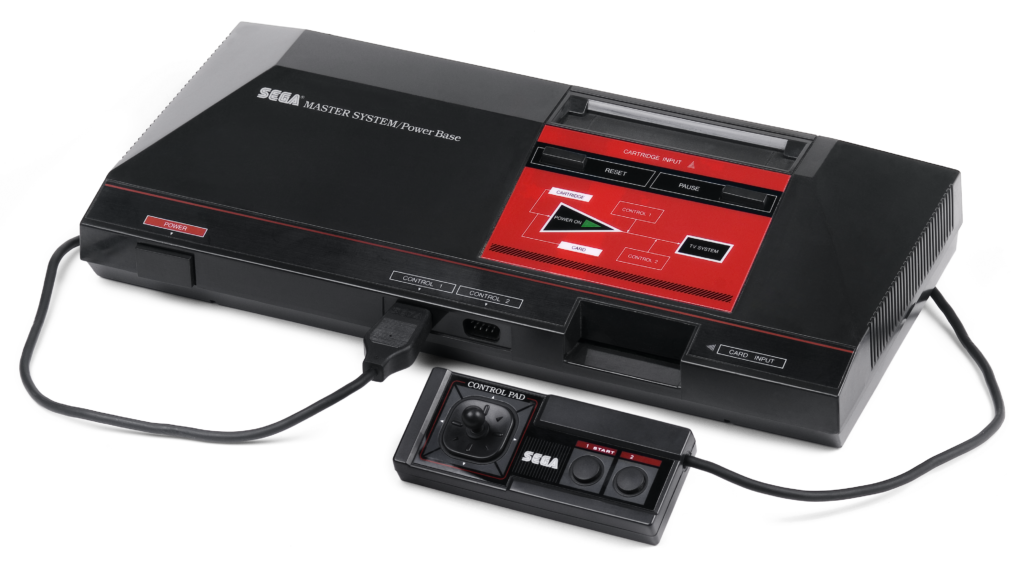
The next leap in game generations came with the third generation, often referred to as the “8-bit era” due to the hardware’s graphical capabilities. The most notable consoles of this time were the Nintendo Entertainment System (NES) and the Sega Master System.
This generation marked a significant leap forward in game design, complexity, and storytelling. Games like Super Mario Bros., The Legend of Zelda, and Metroid introduced intricate gameplay mechanics, narratives, and expansive worlds for players to explore.
This era also saw the introduction of the D-pad (directional pad), which became a standard feature for many future controllers.
The video game industry, recovering from the 1983 crash, began to stabilize and grow, thanks largely to Nintendo’s strict quality control policies and innovative game design philosophies.
The fourth generation (1987-1999): rise of 16-bit consoles
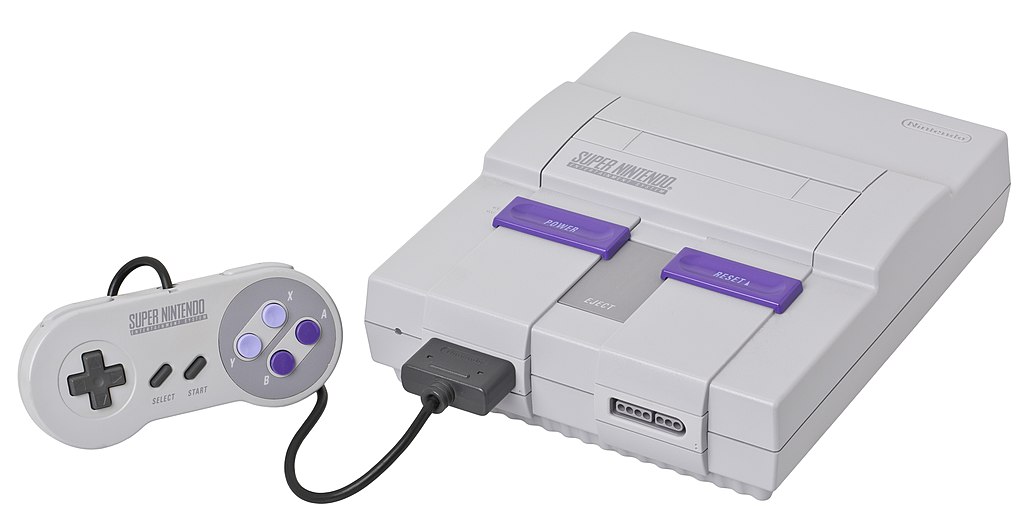
The fourth generation began with the release of the Sega Genesis (Mega Drive outside North America) in 1988 and the Super Nintendo Entertainment System (SNES) in 1990.
This period is often considered one of the most competitive and exciting in gaming history, known for the intense rivalry between Sega and Nintendo.
Games in this generation featured more colorful graphics, enhanced soundtracks, and more complex gameplay mechanics. Titles like Sonic the Hedgehog, Street Fighter II, and Final Fantasy VI became iconic, showcasing the advancements in hardware capabilities.
This era also introduced the concept of backward compatibility with some systems, allowing gamers to play older 8-bit games on newer consoles.
The fifth generation (1993-2006): dawn of 3D gaming
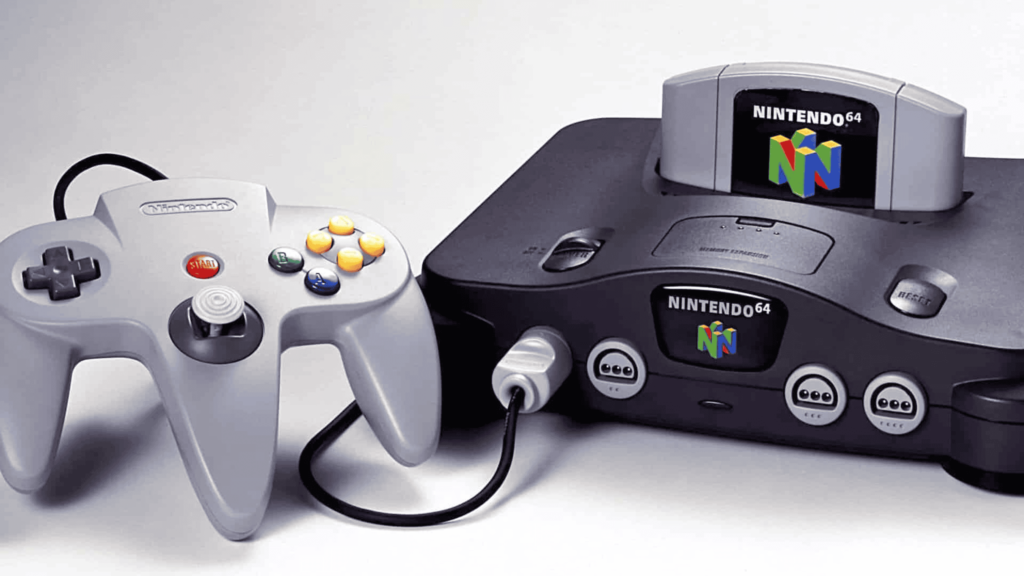
The fifth generation marked the industry’s transition from 2D graphics to 3D environments, something that was pivotal to the future developments of game generations. This generation saw the release of groundbreaking consoles like the Sony PlayStation, the Nintendo 64, and the Sega Saturn.
These systems were capable of rendering 3D graphics, which led to a new wave of game design possibilities. Games like Super Mario 64, The Legend of Zelda: Ocarina of Time, and Final Fantasy VII revolutionized gaming with their immersive 3D worlds, complex narratives, and innovative mechanics.
The use of CDs as a medium for games also became standard during this era, allowing for more storage capacity and richer audio and video content. This generation set the stage for modern gaming, with many franchises that began in this era still thriving today.
The sixth generation (1998-2013): the era of realism

The sixth generation was marked by the pursuit of realism and the introduction of online gaming. Consoles like the Sony PlayStation 2, Microsoft Xbox, Sega Dreamcast, and Nintendo GameCube pushed the boundaries of graphics and gameplay.
The PlayStation 2, in particular, became the best-selling console of all time, thanks to its vast library of games and DVD playback capabilities.
This generation also saw the rise of first-person shooters and action-adventure games as dominant genres, with titles like Halo: Combat Evolved, Grand Theft Auto III, and Metal Gear Solid 2 setting new standards for game design and storytelling.
Online multiplayer gaming began to gain popularity with the Xbox Live service, allowing players to connect and compete with others worldwide.
The seventh generation (2005-2017): the HD generation
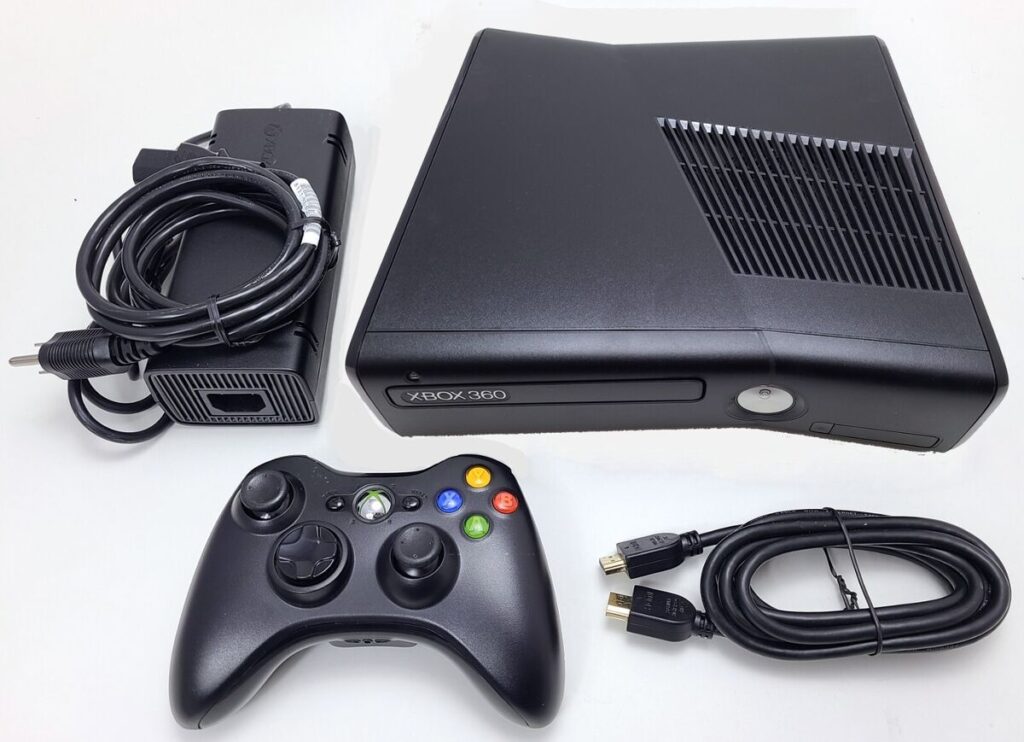
The seventh generation introduced high-definition graphics and further expanded online gaming and digital distribution, marking another big change in game generations. Key consoles of this era include the Xbox 360, PlayStation 3, and Nintendo Wii.
The Xbox 360 and PlayStation 3 emphasized HD graphics and multimedia capabilities, while the Wii focused on motion controls and accessibility, appealing to a broader audience beyond traditional gamers.
Games like Call of Duty 4: Modern Warfare, The Elder Scrolls V: Skyrim, and The Last of Us demonstrated the potential of HD graphics and cinematic storytelling. This generation also saw the rise of downloadable content (DLC) and microtransactions, which have since become standard practices in the industry.
In this era, we also saw the growth of indie games on digital platforms like Xbox Live Arcade and PlayStation Network – highlighting the increasing importance of digital distribution.
The eighth generation (2012-present): modern era

The eighth generation includes consoles like the PlayStation 4, Xbox One, and Nintendo Switch (which substituted the Wii U in 2017). This era is characterized by even more powerful hardware, capable of delivering 4K resolution, HDR (High Dynamic Range), and virtual reality (VR) experiences.
The PlayStation 4 and Xbox One continued the trend of emphasizing online services, multimedia capabilities, and extensive digital libraries.
The Nintendo Switch introduced a unique hybrid design, allowing it to function as both a home console and a portable gaming system, which significantly broadened its appeal. Games like The Legend of Zelda: Breath of the Wild, Red Dead Redemption 2, and The Witcher 3: Wild Hunt have set new benchmarks for open-world design, narrative complexity, and visual fidelity.
This generation has also seen a significant shift towards service-based gaming, with titles like Fortnite, Apex Legends, and Genshin Impact leading the charge in free-to-play models and live-service games that are continually updated with new content.
The ninth generation (2020-present): the next frontier of game generations
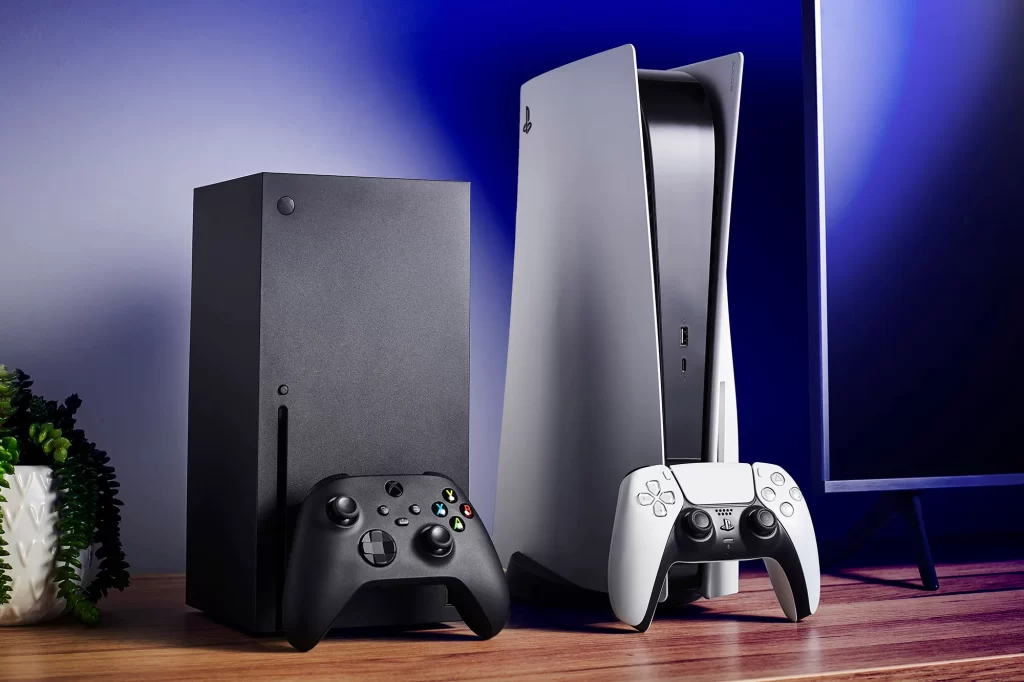
The ninth generation, now in its middle stages, includes the PlayStation 5 and Xbox Series X|S. These consoles present unprecedented levels of performance, with features like ray tracing, 8K graphics, and advanced AI-driven game mechanics
The emphasis is on seamless gaming experiences and expansive open worlds.
But the improvements aren’t just about visuals: the ninth generation also sees the widespread adoption of solid-state drives (SSDs). These super-fast storage devices minimize those annoying loading screens interrupting the flow of gameplay; even games on the heavier side load much faster compared to previous consoles, making the experience much smoother and more enjoyable.
Another significant trend is the rise of subscription services – which, despite some quality-of-life changes, leaves some people concerned. Xbox Game Pass, for instance, offers players access to a vast library of games for a monthly fee. This “Netflix, but for gaming” approach is changing how people discover and play games, making it easier and more affordable to experiment with various titles.
However, it’s like they say: you’ll own nothing, and you’ll be happy.
Read also: What’s the most popular video game ever? A complete list
The (bright?) future of game generations
The evolution of game generations reflects the rapid pace of technological advancements and the growing complexity and diversity of video games.
From the simple beginnings of Pong to the highly realistic and immersive experiences of today, each generation has built upon the last, pushing the industry forward and redefining what games can be.
As we move further into the ninth generation and beyond, the future of gaming looks brighter than ever, promising even more innovation and experiences that were once the stuff of science fiction.
We here at Main Leaf have accompanied this development over the past 12 years – and we have seen how quickly and unexpectedly things can change in the world of game development.
That said, it takes lots of different people working together to make a game happen; from the first idea to the finished game, it’s all about teamwork, creativity, and problem-solving. If you want to make your own game or you’re looking for game development-related outsourcing services, we at Main Leaf can help! We’re a massive team of varied and experienced game developers able to tackle anything from mobile to blockchain-based game development.
Contact us today and let’s work together to make your masterpiece a reality!

